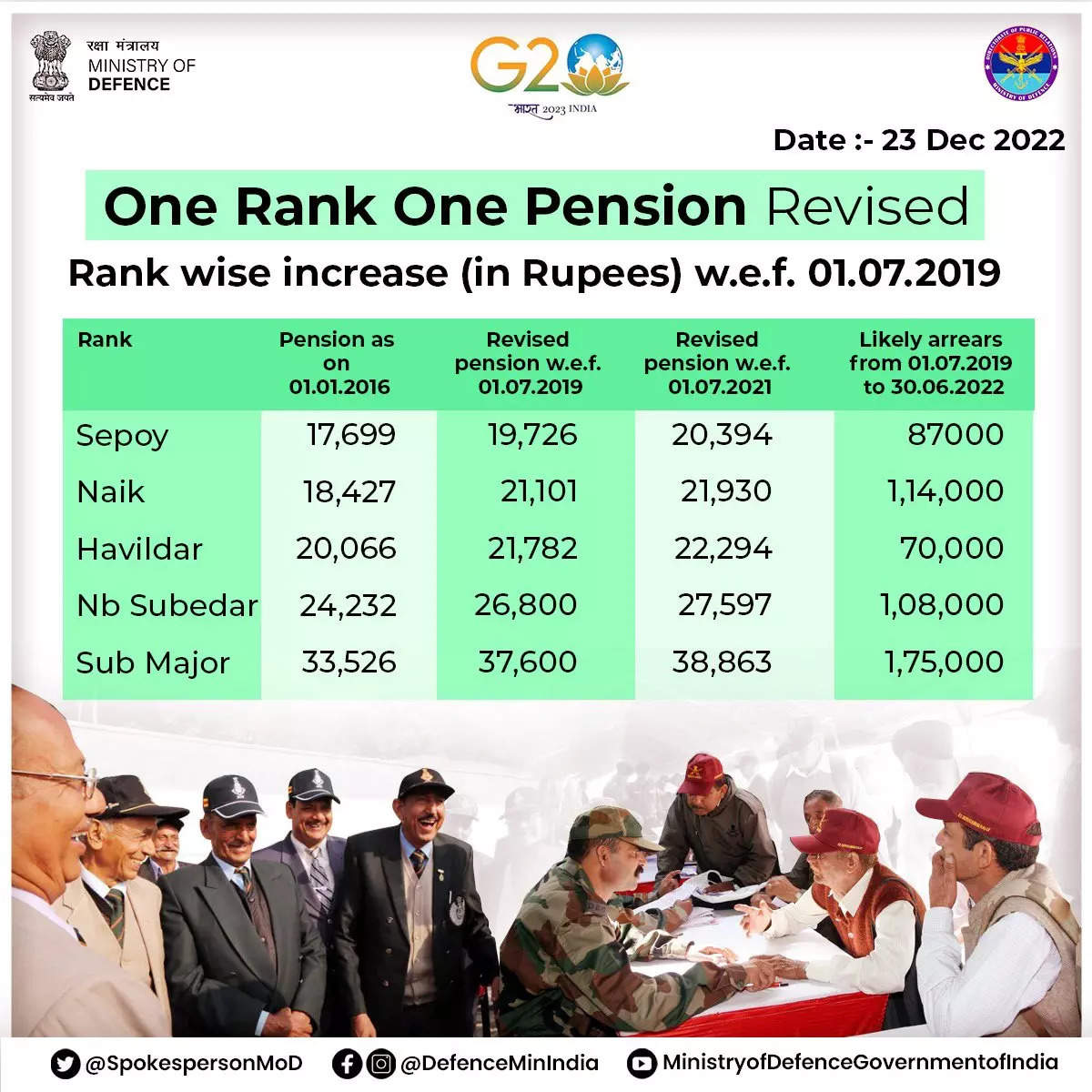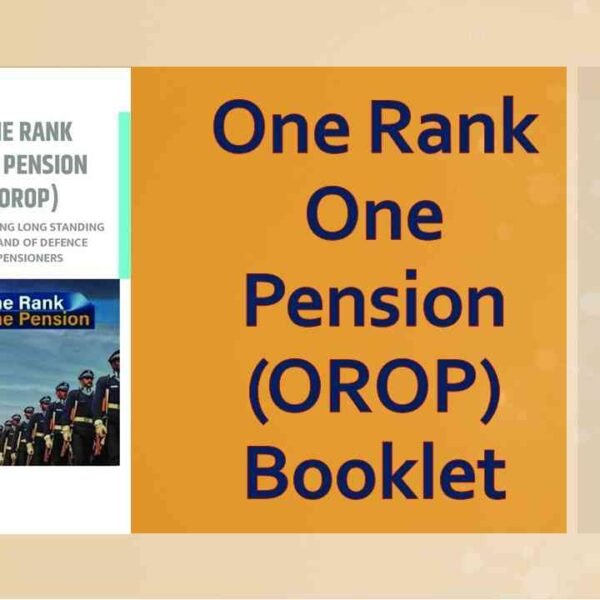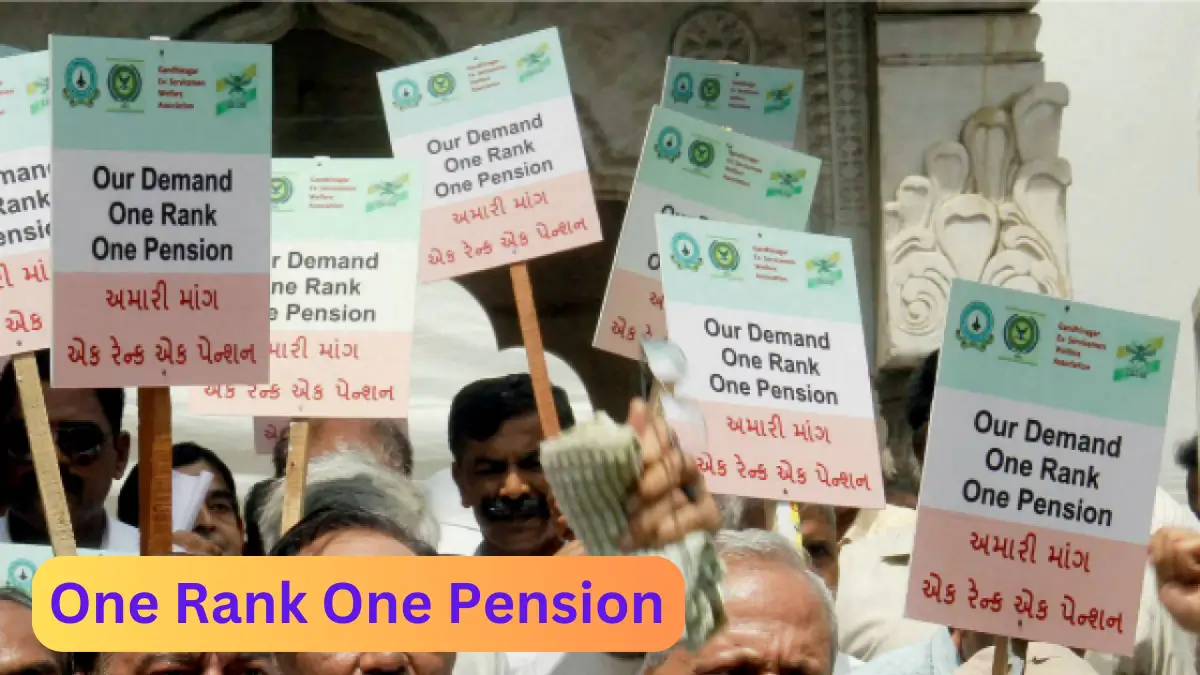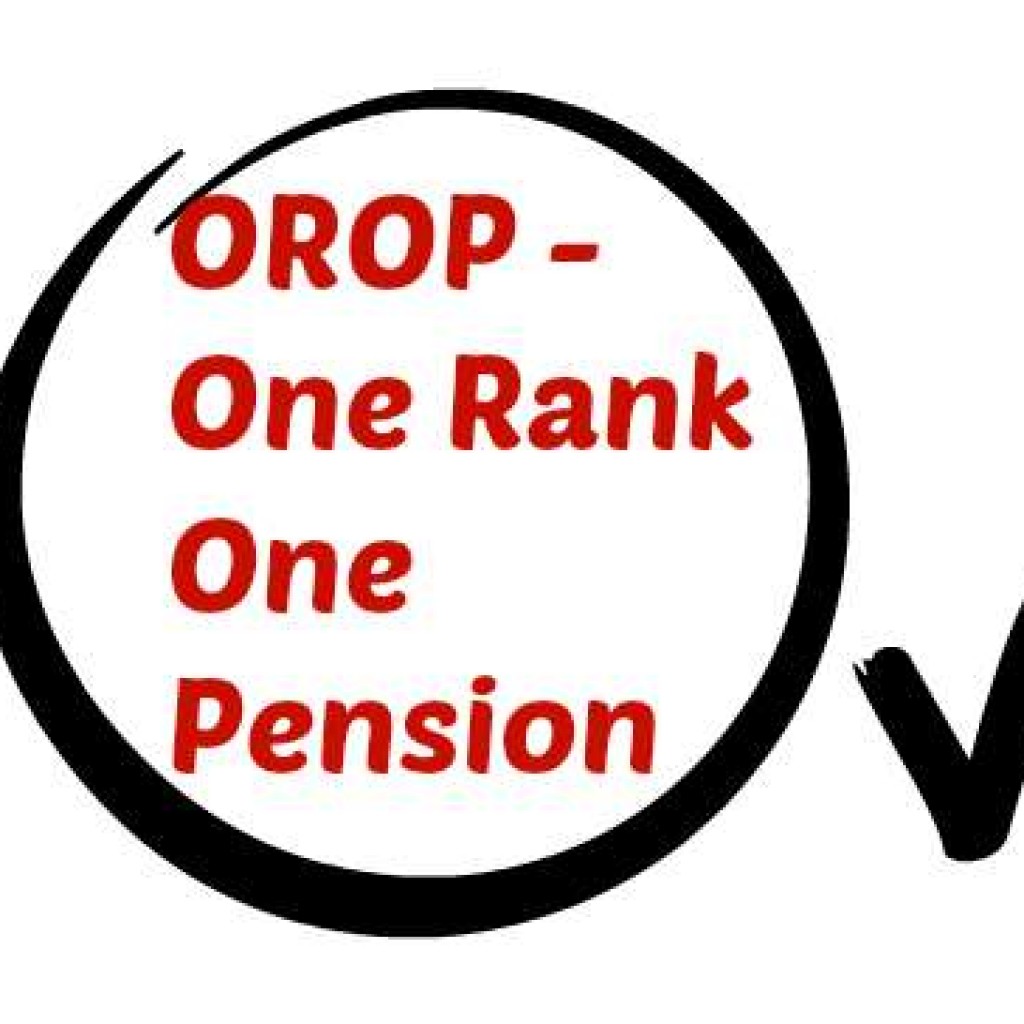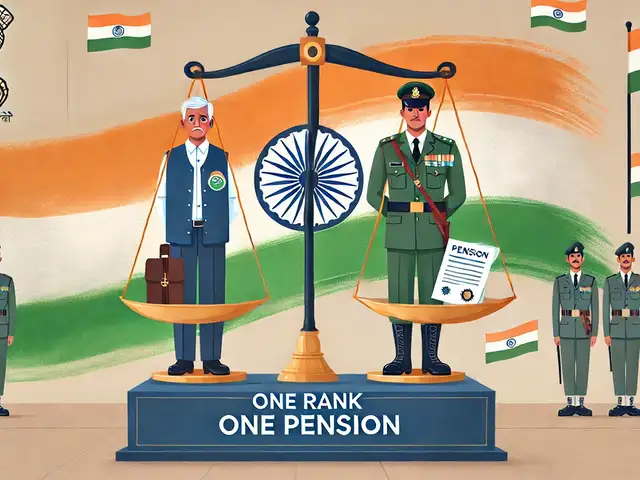One Rank One Pension Latest News 2018
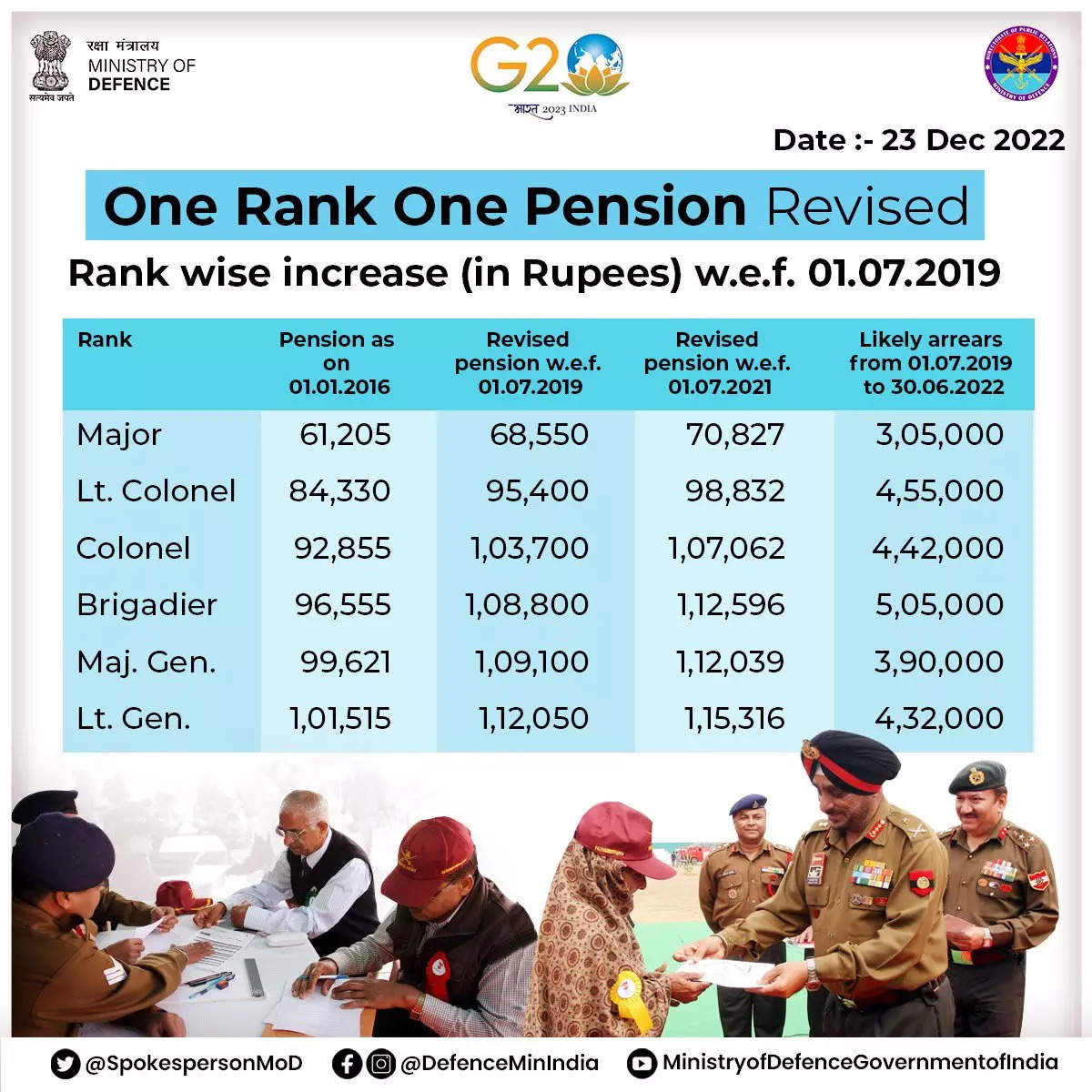
Four years after the implementation of One Rank One Pension (OROP), the scheme designed to provide uniform pension to armed forces personnel retiring in the same rank with the same length of service regardless of their date of retirement, issues persisted in 2018, leading to continued debate and demands for further revisions. The veteran community expressed concerns over discrepancies in the implementation, especially concerning the fixation of pension and the definition of 'same rank same service'.
At its core, OROP aimed to address a long-standing grievance among ex-servicemen, but the realities of its application presented complexities and triggered dissatisfaction. While the government maintained its commitment to OROP, veterans argued that the version implemented deviated from the originally intended concept, resulting in continued disparities and financial disadvantages for many.
OROP Implementation: The 2018 Landscape
The year 2018 saw continued scrutiny of the OROP scheme. Veteran organizations actively voiced their concerns regarding anomalies and perceived shortcomings in the pension disbursement process.
These issues were often centered on the method used for fixing pension rates and the interpretation of the "same rank, same service" principle.
Key Concerns Raised by Veterans
A primary point of contention was the fixation of pension based on the average of the minimum and maximum pension of retirees in 2013. Veterans argued this approach led to reduced benefits compared to what they believed was intended under the OROP principle.
They maintained that pension should be based on the highest pension drawn by retirees in 2013, ensuring a more equitable outcome for all.
Another concern was the periodic review of pension rates. While OROP stipulated a review every five years, many veterans felt the need for more frequent adjustments to account for inflation and the evolving cost of living. The lack of clarity surrounding the review process fuelled anxieties among the veteran community.
Several representations were made to the government, seeking clarification on various aspects of the scheme and demanding modifications to address the perceived inequalities.
Government's Stance and Actions
The government, on its part, reiterated its commitment to OROP and highlighted the substantial financial outlay made towards implementing the scheme. It asserted that the implementation was being carried out as per the approved policy.
Official statements emphasized the significant increase in pension expenditure following the introduction of OROP, indicating the government's investment in the welfare of ex-servicemen. However, these assurances often failed to quell the concerns of veterans who felt shortchanged by the scheme's application.
While acknowledging some implementation challenges, the government maintained that it was open to addressing legitimate grievances through established channels.
Judicial Interventions and Expert Committee Reports
The OROP implementation also faced judicial scrutiny. Several petitions were filed in various courts, challenging the scheme's validity and seeking redressal of specific grievances.
Furthermore, expert committees were formed to examine the issues raised by veterans and provide recommendations for improvement. The recommendations from these committees were often closely scrutinized by both the government and the veteran community, adding to the ongoing debate.
The Role of social media was significant. It provided a platform for veterans to amplify their voices and organize collective action.
The Road Ahead: Addressing the Lingering Issues
As 2018 drew to a close, the OROP issue remained unresolved, underscoring the complexity of reconciling the government's financial constraints with the legitimate expectations of ex-servicemen. Addressing the anomalies in pension fixation, ensuring timely and transparent reviews, and improving communication with the veteran community were identified as key priorities for the future.
Moving forward, a more collaborative approach, involving active engagement with veteran representatives and a willingness to consider modifications to the scheme, will be crucial to achieving the original intent of OROP. The government's commitment to the welfare of its veterans will be judged not only by the financial resources allocated but also by the fairness and equity of the pension disbursement process. The future of OROP hinges on finding a solution that satisfies both the ex-servicemen and the government.
Continued dialogue and a genuine commitment to resolving the lingering issues are essential to ensuring that OROP truly benefits all those who have served the nation.
